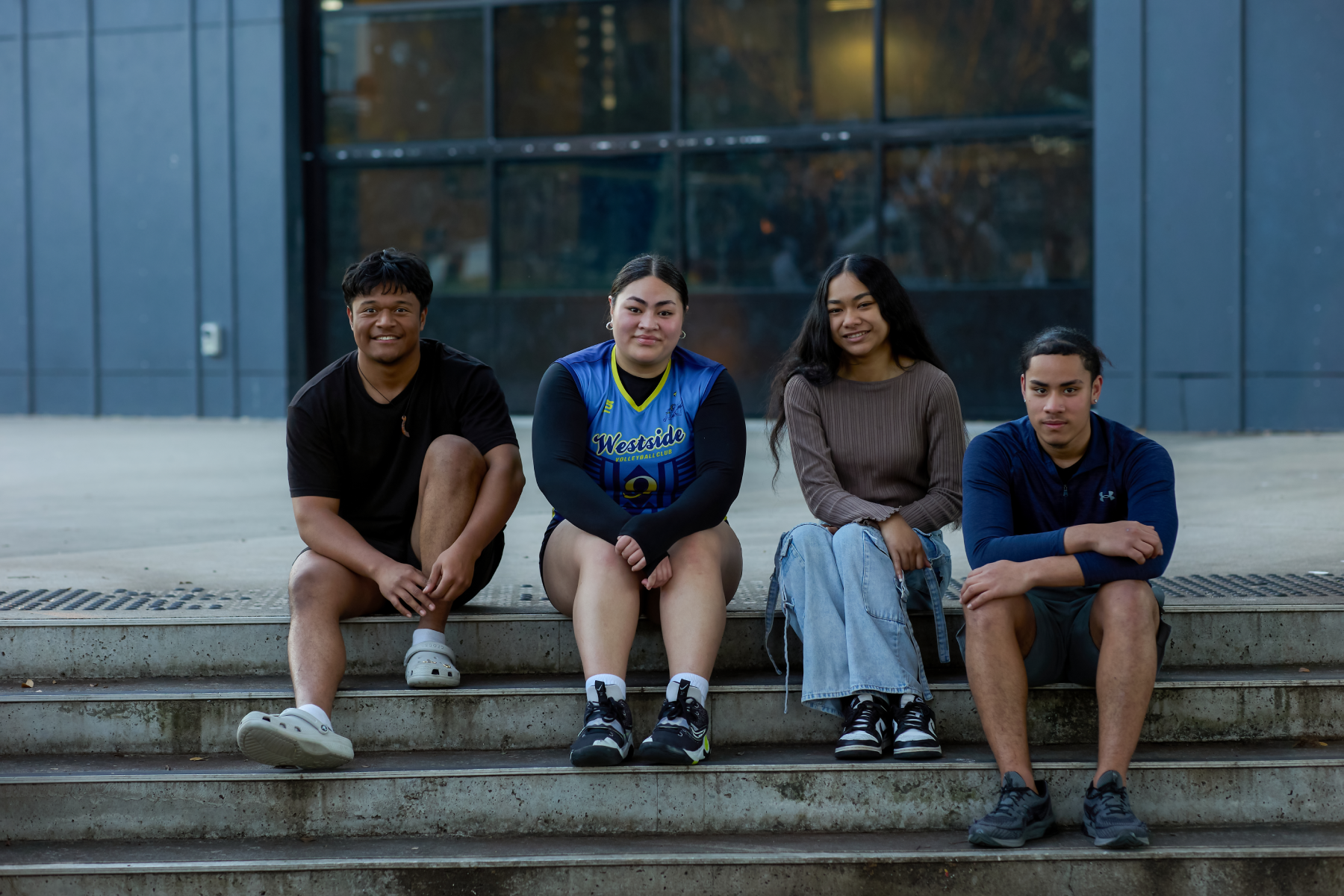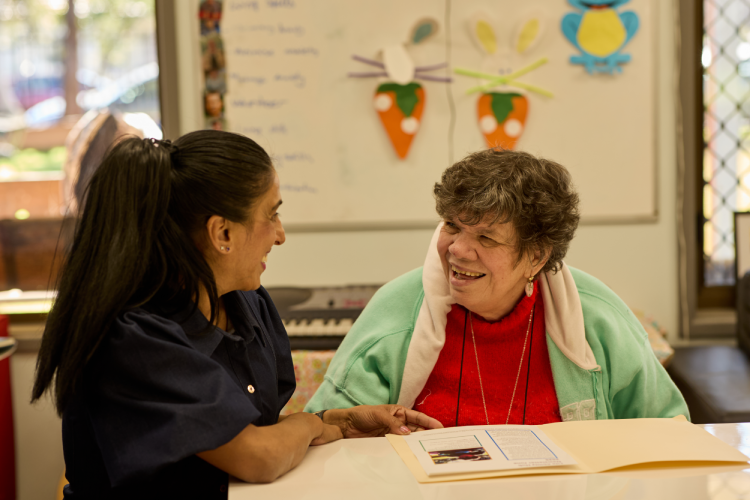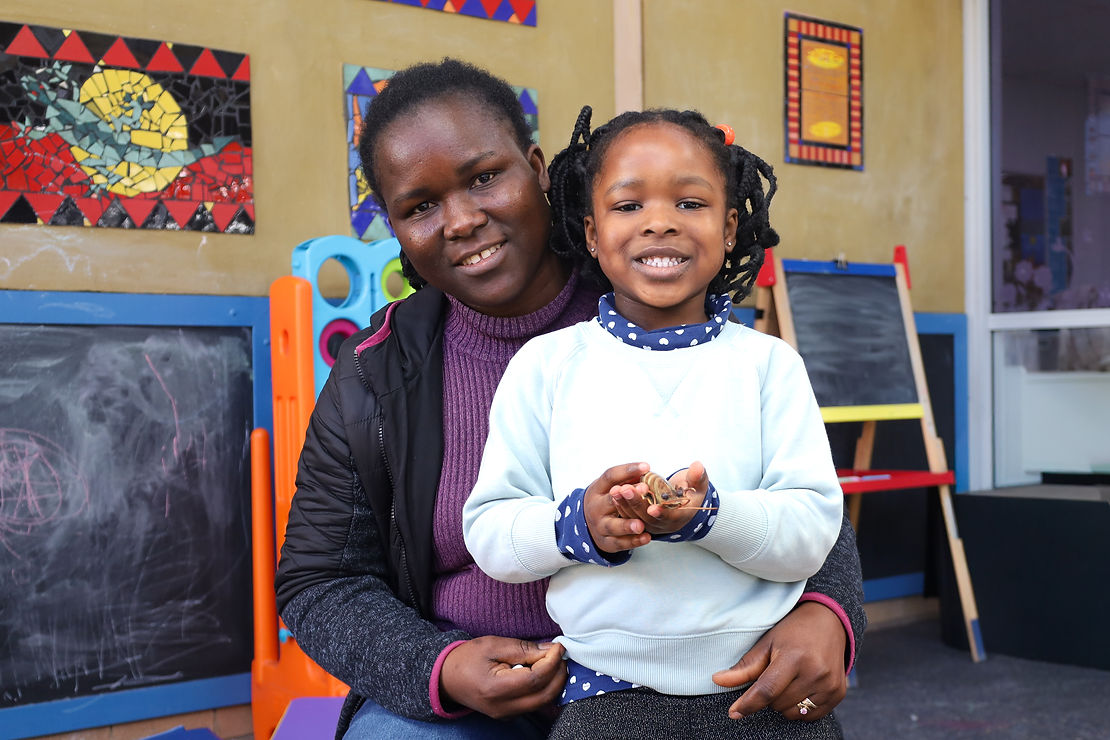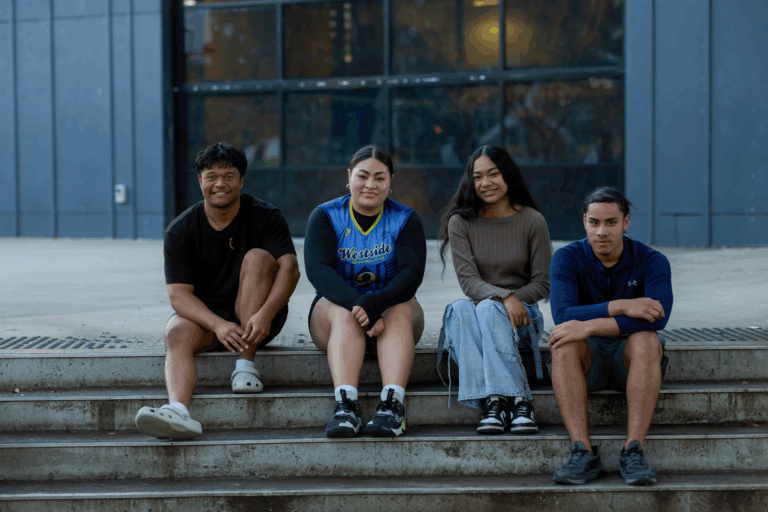For young people aged 12 to 24, life can often revolve around a cycle of home and school, university, TAFE, or work. Without spaces to unwind, connect, or just be themselves, this routine can lead to feelings of isolation, disconnection, or even burnout. This is where a third place becomes essential – a space that offers social connection, leisure, and a sense of belonging.
What is a third place, and why does it matter?
The term “third place” refers to spaces outside of home (the first place) and study or work (the second place) where people gather informally. These can include libraries, skate parks, gyms, community centres, and cafes – they are public or semi-public spaces that allow people to socialise, relax, and build community.
For young people, third places play a vital role in shaping identity, developing confidence, and creating social bonds that support mental wellbeing.
Why do third places matter for adolescents and young adults?
For young people living in disadvantaged areas, like South West Sydney, access to affordable spaces can impact greater aspects of life, such as education and employment. In the Fairfield LGA, 18% of young people (aged 15-24) are not engaged in education, employment, or training, compared to the NSW average of 9%.
“It’s given me something to do and somewhere to be after school. I see my friends in person more often, we have something to do together”.
At the heart of the Youth Drop-In Centre is the belief that young people thrive when they feel seen, supported, and socially connected. It is more than just a youth facility – it’s a third place where confidence, community, and friendship grow.
McClean, T., & Hicking, V. (2024). Child Social Exclusion in Fairfield. Allowing children to belong.
Miranti, R., Freyens, B., Vidyattama, Y., Tanton, R., & Rukh Shakir, G. (2024). Child Social Exclusion Index: Paving the Way to Improved Child Wellbeing.
For young people aged 12 to 24, life can often revolve around a cycle of home and school, university, TAFE, or work. Without spaces to unwind, connect, or just be themselves, this routine can lead to feelings of isolation, disconnection, or even burnout. This is where a third place becomes essential – a space that offers social connection, leisure, and a sense of belonging.
What is a third place, and why does it matter?
The term “third place” refers to spaces outside of home (the first place) and study or work (the second place) where people gather informally. These can include libraries, skate parks, gyms, community centres, and cafes – they are public or semi-public spaces that allow people to socialise, relax, and build community.
For young people, third places play a vital role in shaping identity, developing confidence, and creating social bonds that support mental wellbeing.
Why do third places matter for adolescents and young adults?
For young people living in disadvantaged areas, like South West Sydney, access to affordable spaces can impact greater aspects of life, such as education and employment. In the Fairfield LGA, 18% of young people (aged 15-24) are not engaged in education, employment, or training, compared to the NSW average of 9%.
“It’s given me something to do and somewhere to be after school. I see my friends in person more often, we have something to do together”.
At the heart of the Youth Drop-In Centre is the belief that young people thrive when they feel seen, supported, and socially connected. It is more than just a youth facility – it’s a third place where confidence, community, and friendship grow.
McClean, T., & Hicking, V. (2024). Child Social Exclusion in Fairfield. Allowing children to belong.
Miranti, R., Freyens, B., Vidyattama, Y., Tanton, R., & Rukh Shakir, G. (2024). Child Social Exclusion Index: Paving the Way to Improved Child Wellbeing.







